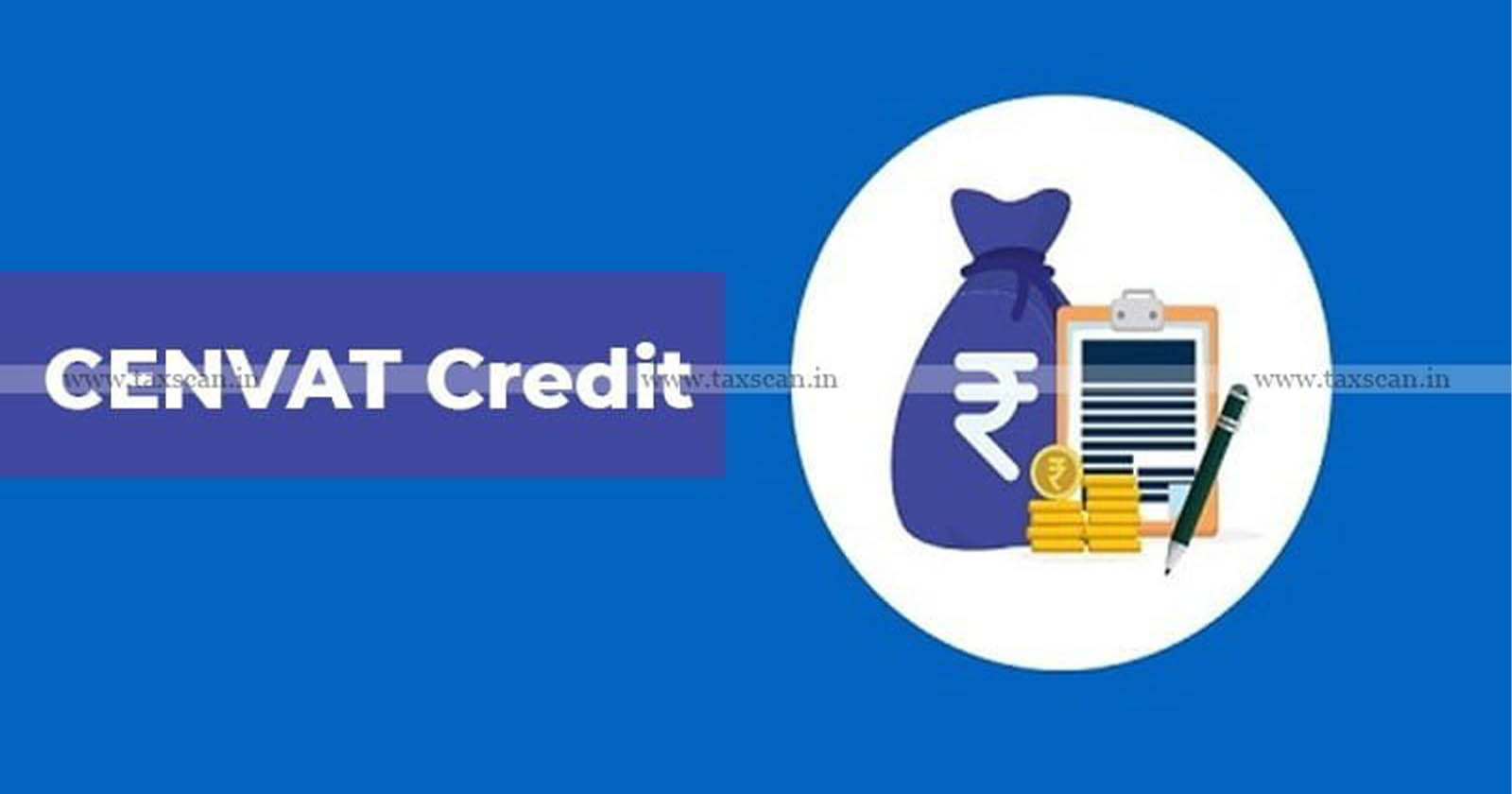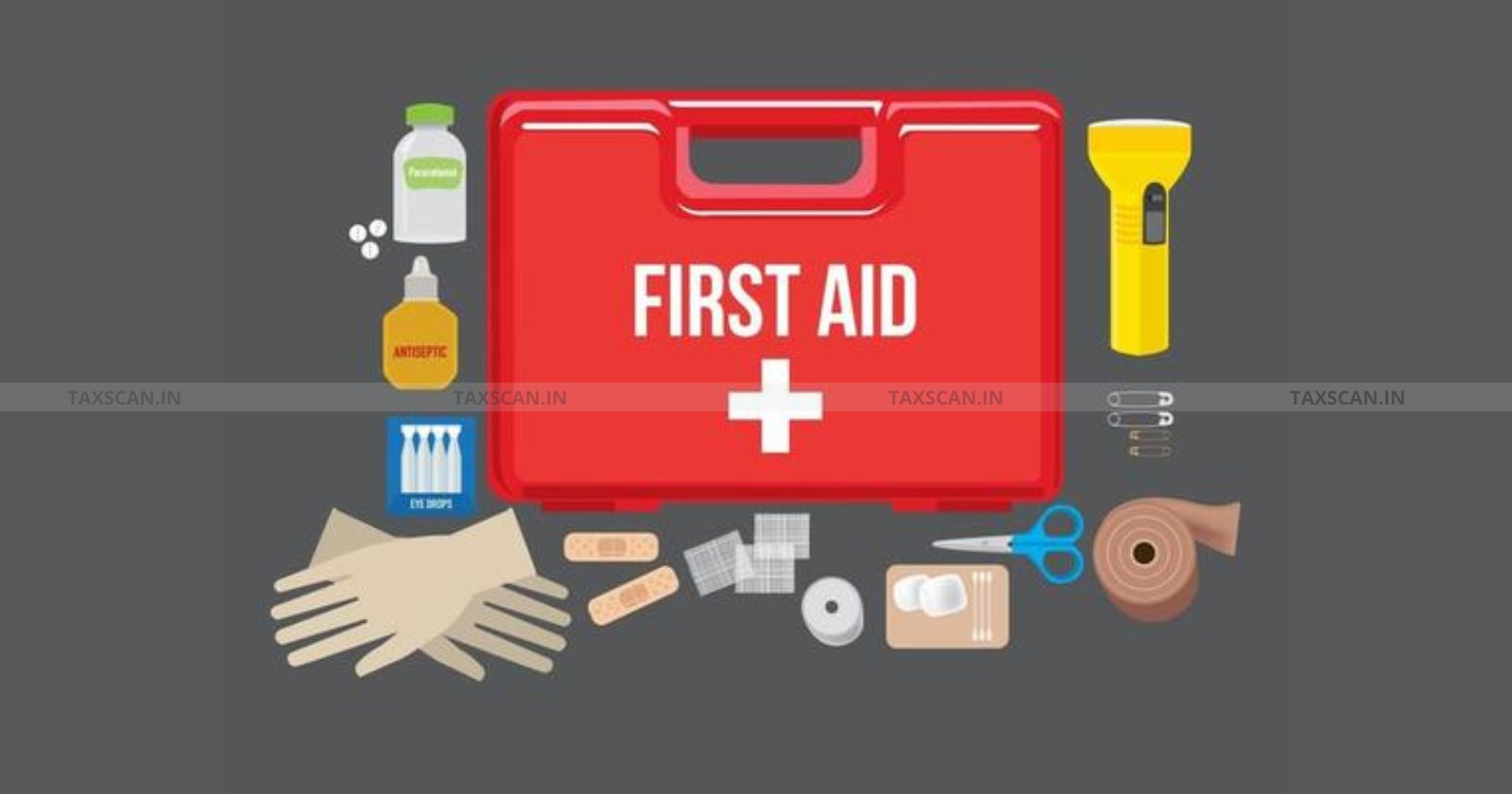“User Test” Theory Classifies Cement and Steel Items Used for Own Plant Construction as Inputs: CESTAT Allows Ramco Cements to Avail CENVAT Credit [Read Order]
The Tribunal ruled that cement and steel used qualify as inputs under the “user test” theory, drawing support from precedents.
![“User Test” Theory Classifies Cement and Steel Items Used for Own Plant Construction as Inputs: CESTAT Allows Ramco Cements to Avail CENVAT Credit [Read Order] “User Test” Theory Classifies Cement and Steel Items Used for Own Plant Construction as Inputs: CESTAT Allows Ramco Cements to Avail CENVAT Credit [Read Order]](https://images.taxscan.in/h-upload/2025/09/22/2089683-cement-and-steel-cestat-ramco-cements-cenvat-credit-taxscan.webp)
The Customs, Excise & Service Tax Appellate Tribunal (CESTAT), Chennai, has ruled that cement and steel items used in the construction and erection of a cement grinding plant qualify as inputs under the CENVAT Credit Rules, 2004, thereby allowing the assessee to claim Central Value Added Tax (CENVAT) credit of excise duty paid.
The appeal was filed by The Ramco Cements Limited, Cement Grinding Unit, Kancheepuram, against the Order-in-Appeal dated May 10, 2023 delivered by the Commissioner of GST & Central Excise (Appeals–II), Chennai.
The dispute arose after a Show Cause Notice dated May 25, 2010, alleged that the company had wrongly availed CENVAT credit on cement and structural steel used for the erection of the cement grinding plant during September 2008 to August 2009.
 Also Read: Failure to Endorse ‘No CENVAT Credit Admissible’ on Commercial Invoices Is Only a Procedural Lapse: CESTAT Grants SAD Refund [Read Order]
Also Read: Failure to Endorse ‘No CENVAT Credit Admissible’ on Commercial Invoices Is Only a Procedural Lapse: CESTAT Grants SAD Refund [Read Order]
The original adjudicating authority confirmed the demand, which was subsequently upheld by the Commissioner (Appeals), leading to the present appeal before the Tribunal.
Appearing for the appellant, R. Parthasarathy contended that the grinding plant was established as a “turnkey project”, where individual machinery and materials lost their identity upon erection and became an integral part of the capital goods. It was argued that under the “user test” principle laid down by the Supreme Court in CCE, Coimbatore v. Jawahar Mills Ltd. (2001), cement and steel used for setting up plant structures must be treated as inputs eligible for credit.
Reliance was also placed on an earlier decision by CESTAT, Chennai in the appellant’s case in Final Order No. 40400/2019 dated February 28, 2019 and the ruling of the Madras High Court in India Cements Ltd. (2015) and Thiru Arooran Sugars Ltd. (2017), which recognized such goods as inputs.
 Also Read: CESTAT allows CENVAT credit on inputs and input services utilized as output service [Read Order]
Also Read: CESTAT allows CENVAT credit on inputs and input services utilized as output service [Read Order]
Appearing for the Revenue, O.M. Reena argued that once fabricated and erected, steel and cement structures become immovable property and hence non-excisable. It was contended that such goods cannot qualify as inputs under the CENVAT Credit Rules, 2004. She relied on the findings of the lower authorities and urged dismissal of the appeal.
The Bench comprising Judicial Member, P. Dinesha and Technical Member, M. Ajit Kumar, observed that the matter had already been examined by a larger bench of the Tribunal in Mangalam Cement Ltd. v. CCE, Jaipur-I (2018); further, the aforementioned precedents had already settled the issue in favour of assessees, recognizing that steel and cement used for laying foundations and supporting plant machinery are integral to capital goods, thereby entitling the assessee to CENVAT credit.
 Also Read: CENVAT Credit Admissible on Services Used for Setting up and Administering First Aid in Factory: CESTAT [Read Order]
Also Read: CENVAT Credit Admissible on Services Used for Setting up and Administering First Aid in Factory: CESTAT [Read Order]
Applying the “user test” theory, it held that materials such as steel and cement used in plant construction are integrally linked to the manufacturing process and hence qualify as inputs.
Accordingly, the Tribunal set aside the impugned order and allowed the appeal with consequentialSupport our journalism by subscribing to Taxscan premium. Follow us on Telegram for quick updates


